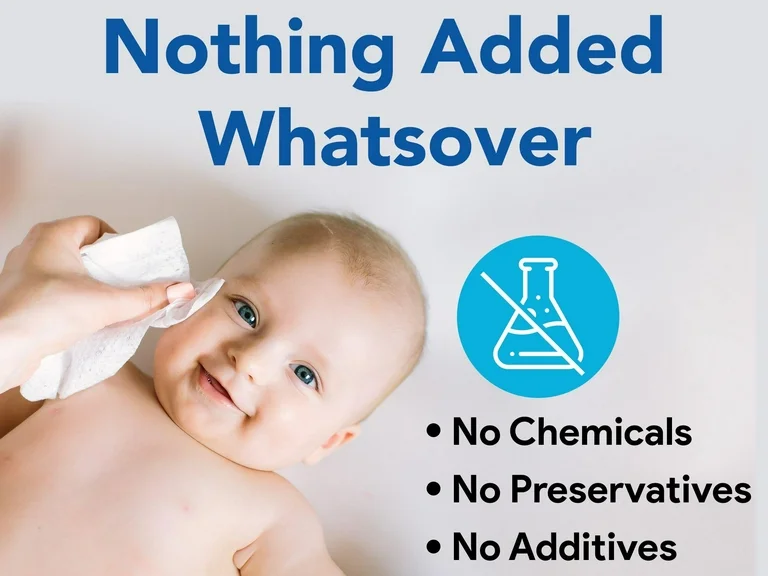
Preservatives in влажные салфетки have always been a point of controversy. As consumer awareness grows, manufacturers are under increasing pressure to use gentler, safer, and more effective консервативные системы. Technological advancements have indeed introduced new raw materials with preservative-like effects, offering an alternative to traditional preservatives. However, some brands take advantage of this progress by labeling their products as having “без добавления консервантов” to attract health-conscious consumers.
In reality, there is отсутствие единого глобального стандарта—either industry-wide or regulatory—to clearly define or measure the term "no added preservatives" in products like салфетки жидкость. The phrase is largely a инструмент маркетинга, rather than a scientifically enforceable claim.
Что на самом деле означает «без добавления консервантов»?
According to EU guidelines and the EU Cosmetics Directive 76/768, a more accurate interpretation of "no added preservatives" should be: the product does не включает в себя сырье, добавленное исключительно для их консервативных функций during production and sales. This includes not only substances officially listed as preservatives, but also ingredients added for other purposes (e.g., as solvents, humectants, or emollients) that happen to выставить консервативную активность.
Общее сырье с антисептическим эффектом (используется в жидкости салфетки)
Many of these multi-functional ingredients are used in салфетки жидкость formulas, and while not labeled as preservatives, they serve a similar purpose. Here are some examples:
01. Полиолы
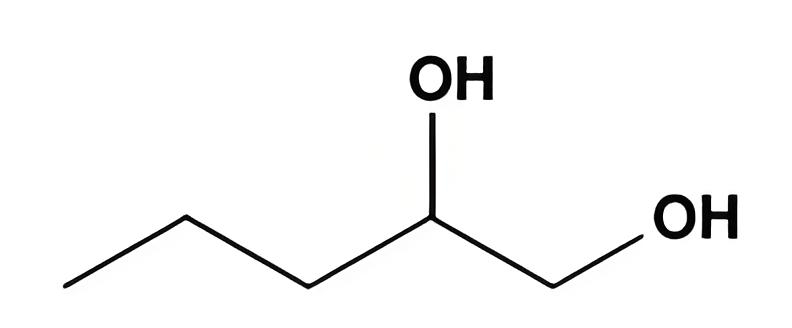
Это распространенные многофункциональные агенты, которые предлагают увлажняющие и антибактериальные преимущества:
·
1,2-пентандиол (INCI: Pentylene Glycol)
·
1,2-гександиол (INCI: 1,2-Hexanediol)
·
каприлил гликол (INCI: Caprylyl Glycol)
·
деканедиол (INCI: Decylene Glycol)
·
Этилгексилглицерин (INCI: Ethylhexylglycerin)
·
Полиолы нарушают микробные клеточные мембраны, нарушая их способность к размножению. Однако их эффективность и побочные эффекты отличаются:
·
1,2-пентандиол and 1,2-гександиол may cause stickiness at high concentrations.
·
каприлил гликол may cause tingling sensations, especially in sensitive skin, unless balanced by other agents.
·
деканедиол has weak antibacterial properties but is synergistic with traditional preservatives.
·
Этилгексилглицерин affects bacteria by lowering the surface tension of microbial membranes and often works alongside other preservatives.
·
These are frequently present in салфетки жидкость, helping to extend shelf life while not being officially categorized as preservatives.
02. Парагидроксиацетофенон
· 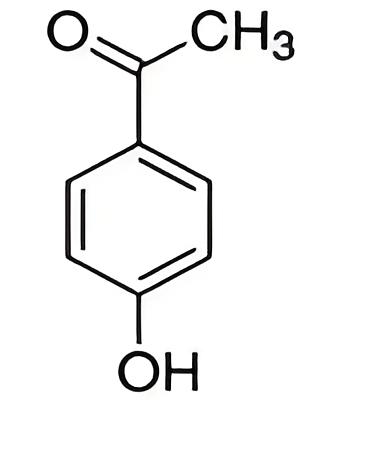
INCI: Гидроксиацетофенон
·
A multifunctional agent with антиоксидант, антираздражения, and антисептический properties.
·
Часто используется в салфетках жидких составов для повышения эффективности других консервантов.
·
Предупреждение: потенциальная несовместимость с белками может вызвать изменение цвета.
·
03. Кабрилгидроксаминовая кислота

INCI: Кабрилгидроксаминовая кислота
·
Работает, ограничивая доступность железа, что препятствует росту плесени.
·
Most effective in нейтральный или легко кислотный environments, ideal for салфетки жидкость.
·
Для поддержания стабильности требуются хелатирующие агенты (например, ЭДТА).
·
04. Растенные экстракты
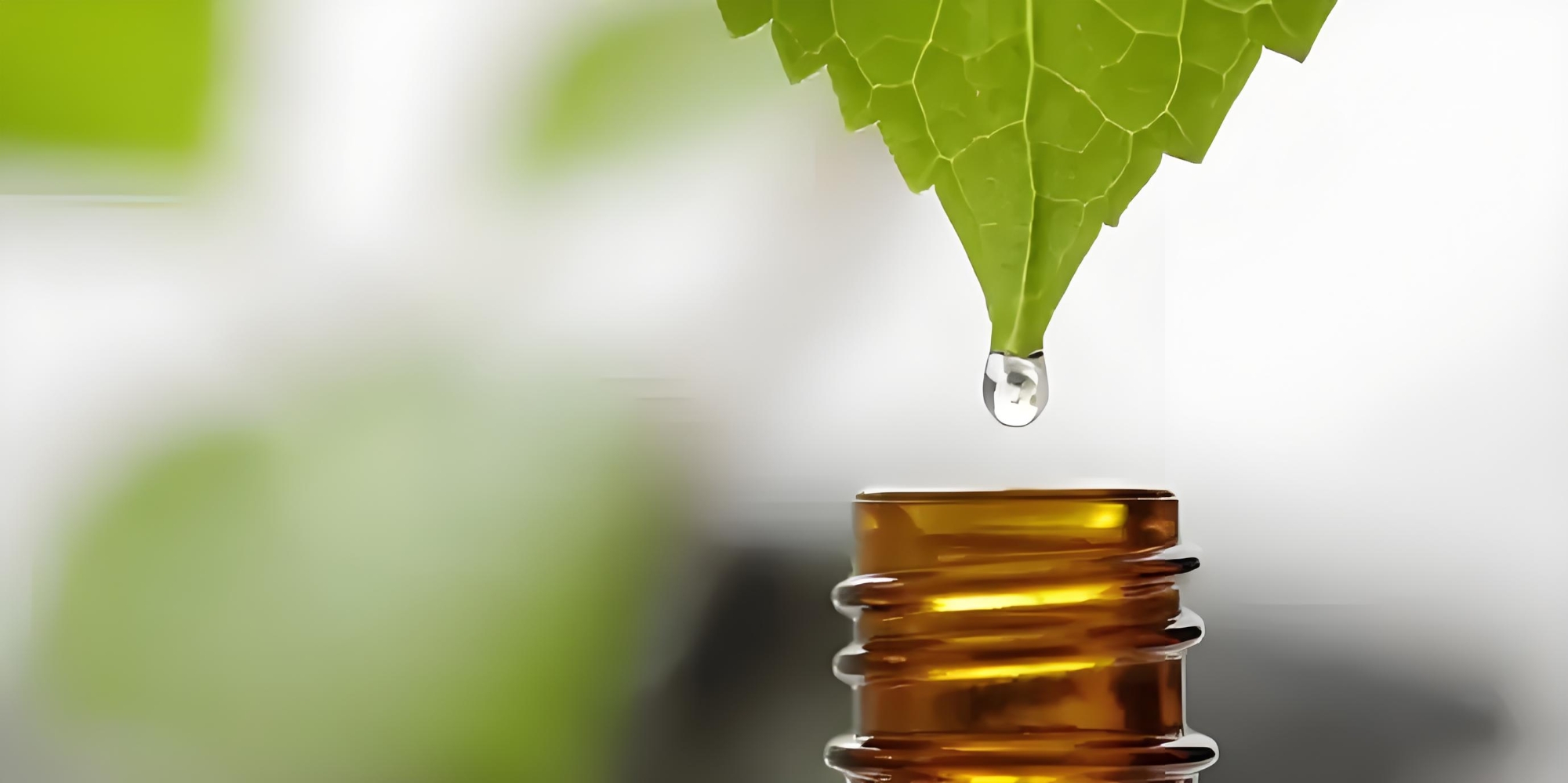
Природные альтернативы, продвигаемые за их антимикробное действие. Примеры:
·
Экстракт корня Scutellaria, Артемизия арги, Ферментация Lactobacillus, etc.
·
·
Commercial blends: SEC-CP, НатаПрес, ЕВРО-НАпре
·
Задачи:
·
Слабее традиционных консервантов
·
Проблемы со стабильностью из-за несоответствия pH в различных партиях
·
Prone to Проблемы совместимости and изменения цвета in formulations
·
Эти ингредиенты становятся все более популярными в натуральных салфетках жидких продуктов, но их ограничения должны быть четко поняты.
Другие функциональные антисептики
·
Октанат сорбитана
·
p-анисовая кислота
·
Читозан – works by chelating key metal ions, thus inhibiting microbial growth.
·
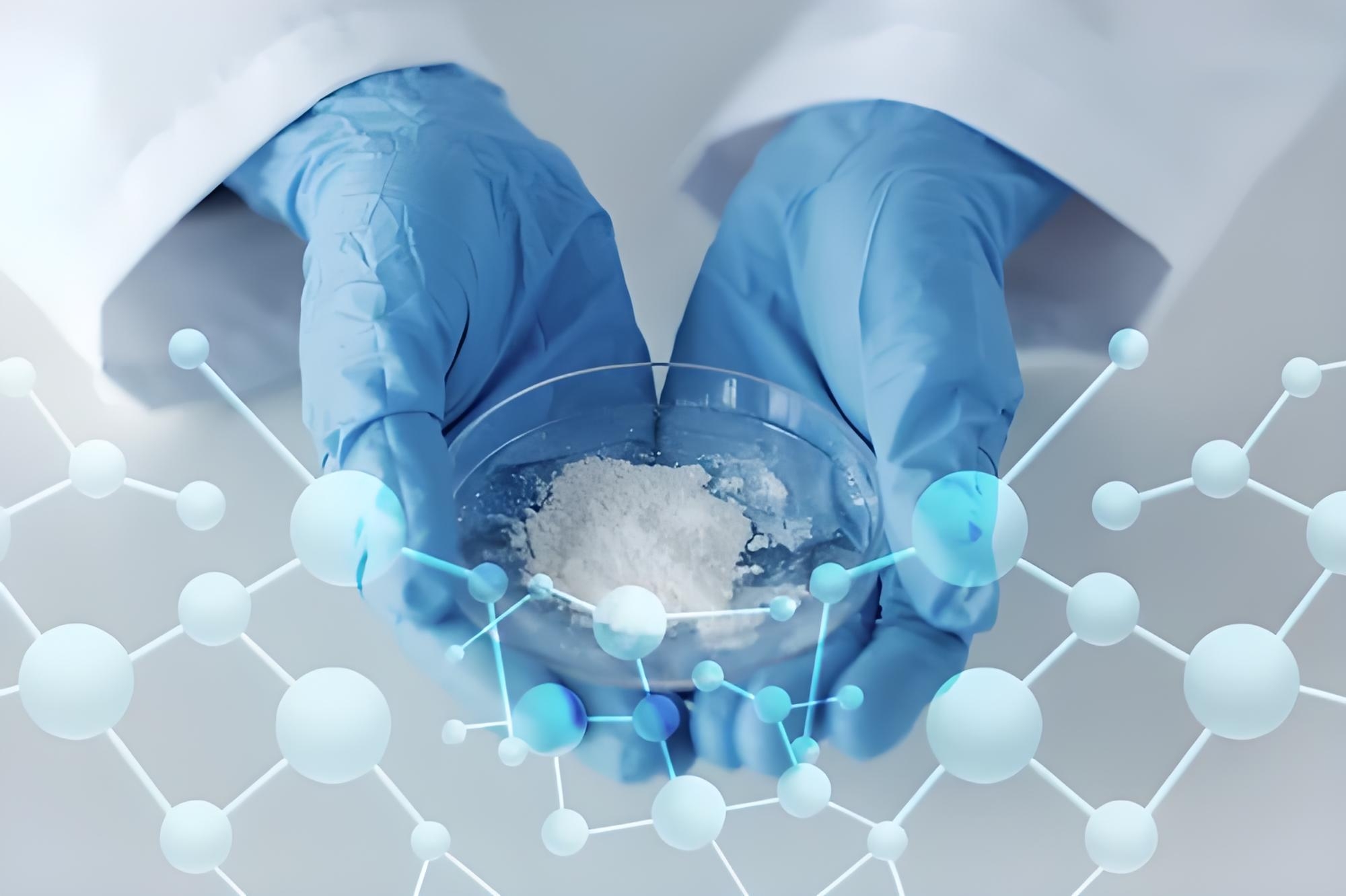
Ключевые везения для потребителей и производителей
Preservatives are не определяется только регулирующими маркировками. Any substance that inhibits microbial growth, including many found in салфетки жидкость, plays a консервативная роль—regardless of how it's labeled.
Using “no added preservatives” as a marketing hook—while still including polyols, chelating agents, or natural extracts that perform preservative functions—is вводящий в заблуждение. It blurs the line between transparency and deception.
For manufacturers, making such claims without full disclosure is not just unethical—it risks long-term trust. Regulatory frameworks may eventually catch up, but until then, ответственная формулировка и честная маркировка are vital.
Заключительная мысль: Whether it’s a classic preservative or a dual-function ingredient in a салфетки жидкость, the goal remains the same: to ensure safety, prevent contamination, and maintain product stability. It’s time we shifted from buzzwords to clarity—for the benefit of both consumers and the industry.






 ru
ru
 English
English
 USA
USA
 西班牙语
西班牙语
 葡萄牙
葡萄牙
 印尼
印尼
 巴基斯坦
巴基斯坦
 尼日利亚
尼日利亚
 孟加拉
孟加拉
 墨西哥
墨西哥
 越南
越南
 日本
日本
 韩国
韩国

